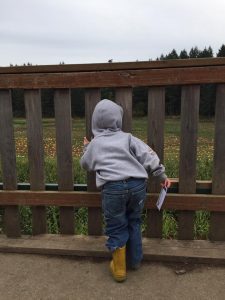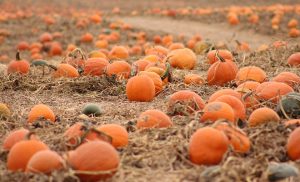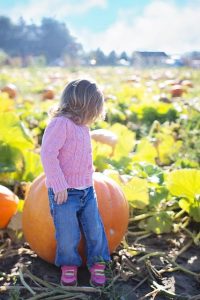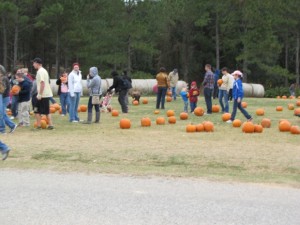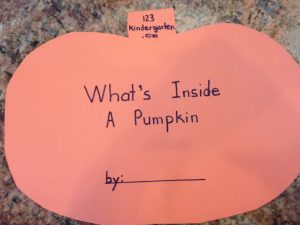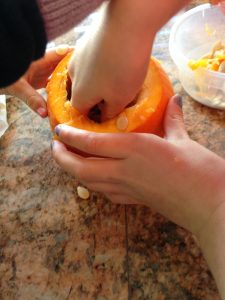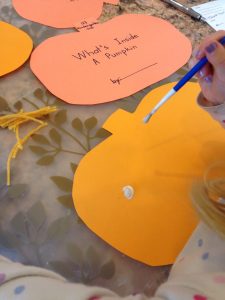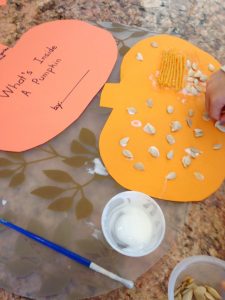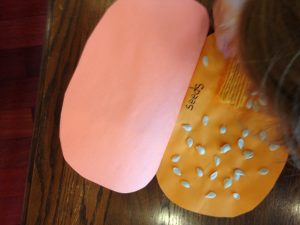Turning pumpkins into jack-o-lanterns is quite a transformation. This happens both by adding and by taking away. Learning is like this too.
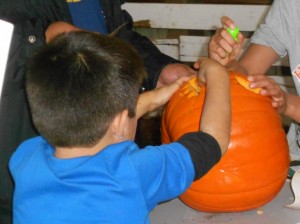
In order for pumpkins to shine as jack-o-lanterns something needs to happen. There needs to be some action. Carving a pumpkin gives it eyes for seeing, a nose for smelling, and a mouth for talking. In a way, learning for kids also requires action. Some of this learning comes from their own play and exploration. Some of it also comes from the action of parents, families, and caregivers. That is to say, from us.
Every day we can facilitate kids’ interaction with the world. For example, in the morning when helping little ones get dressed, talk about the weather and choosing clothes for the day. Count the buttons on the shirt, name the colors, sing about getting ready, “This is the way we get dressed, we get dressed, we get dressed.” In order to connect with others, we use language. The words we use with and around a child are downloading language into that child’s brain. We add features to the jack-o-lantern and we add to a child’s day with our actions, big adventures and ordinary, everyday experiences.
Carving the pumpkin leaves some empty spaces in the shell. For kids we need to make sure we leave space in the day for them to play. Days get so busy it seems like every moment is full, but kids need time to figure out the world in their own way. We might have to get creative in order to do this, like letting them have a drawer in the kitchen with things they can touch and use when we’re busy making a meal. Bring home a big cardboard box. It isn’t empty, it’s full of possibilities.
We also put a candle or light inside. Now, the jack-o-lantern can shine. Turning pumpkins into jack-o-lanterns might be your activity for the day. Some people use turnips and recently, there have been photos and instructions for pineapple lanterns. Whatever we use, maybe our job as parents and caregivers is to put a light inside kids so they can shine too?

